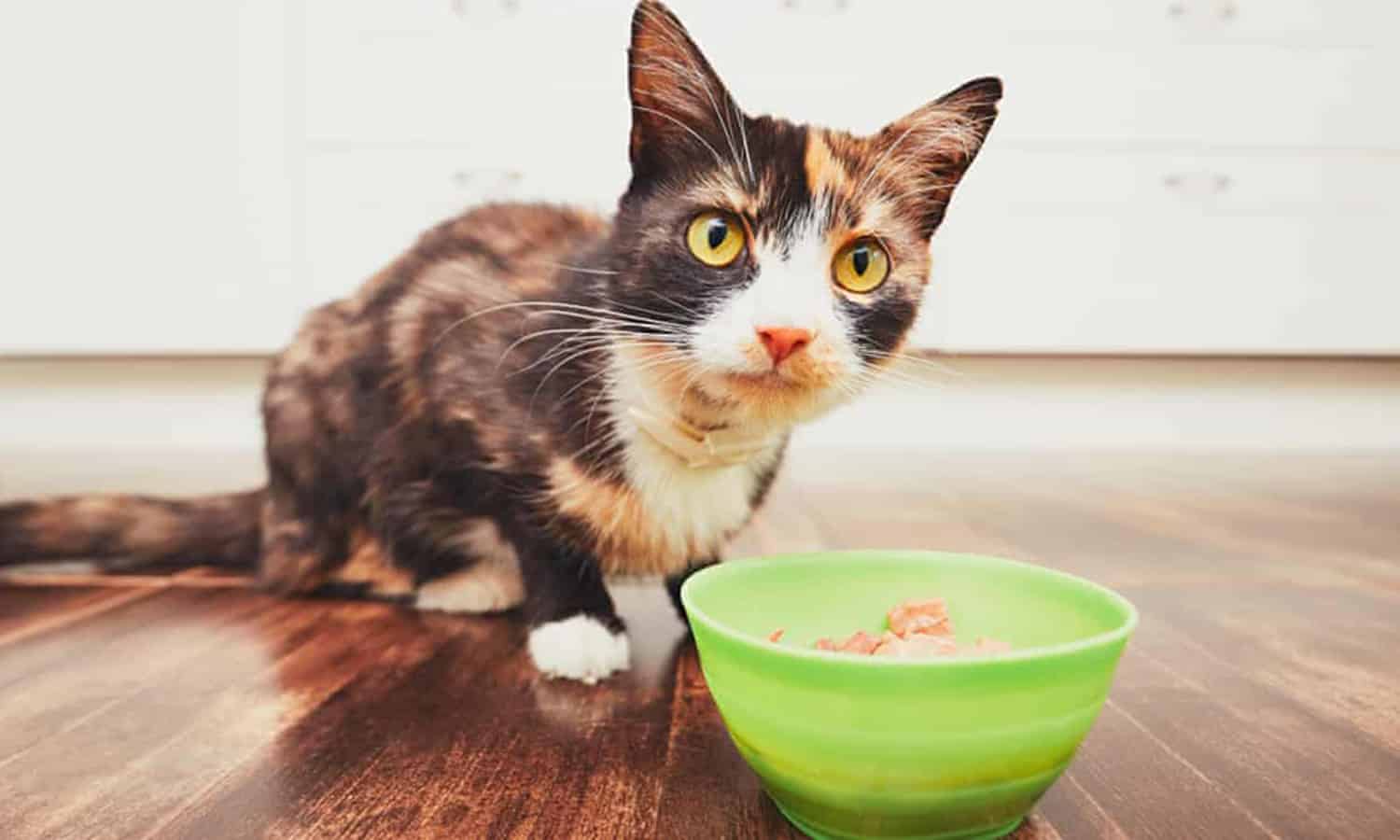Why feeding your pets insects could become all the buzz

Owners worried about the climate cost of traditional pet food are switching to crickets, mealworms and black soldier flies.
First there was recycling, then cutting down on flights, now feeding your pets insects is the latest lifestyle choice to help tackle climate breakdown.
Environmentally minded pet owners are choosing to feed their animals meals made out of crickets, mealworms and black soldier flies in an attempt to curb the huge carbon emissions produced by raising livestock for traditional, meat-based diets.
Experts say pets can be fed insects as they are rich in protein, and that farmed species can also contain high fats, oils, mineral and vitamin levels. Preliminary research also suggests that when insects are farmed commercially, emissions, water, and land usage is lower than farming livestock.
Nicole Paley, deputy chief executive of the Pet Food Manufacturers Association, said: “When made into a nutritionally complete pet food, insect proteins can contribute to nutritious and palatable products that can also be environmentally sustainable. Insect-based products offer an alternative for owners who prefer to feed their pets a diet that is sourced from ingredients other than traditional livestock animals.” Forecasts by Rabobank, a Dutch multinational, estimate that the insect-based pet food market could increase 50-fold by 2030, when half a million metric tons are projected to be produced.
Andrew Knight, a professor of veterinary science at the University of Winchester, said this would reflect growing consumer interest in alternative pet foods, which included vegan diets, for sustainability reasons. This is partly a result of owners’ anxieties about the high carbon footprint associated with the pet food industry, which according to a UCLA study represents about 25% of the environmental damage associated with the meat industry, and is equivalent to 64m tons of carbon dioxide a year – the same climate impact as 13.6m cars driving for a year. However, Knight added that many consumers’ “revulsion to insect-based diets” may act as a barrier to wider take up.
Insect-based pet food is also typically more expensive than traditional ranges. For example, a bag of insect-based Lovefood dry kibble costs £12 a kg, compared with £9.75 for a 2kg bag of Iams dry cat food with chicken. Solitaire Townsend, co-founder of Futerra, which is working with Mars Petcare to produce Lovebug, its first insect-based pet food range for cats, said their market research suggested that nearly half (47%) of pet owners would consider feeding their pets insects, with 87% of those surveyed noting that sustainability was an important consideration in choosing pet food.
Townsend said that as a vegetarian for climate reasons, she wanted an option “for my cat and my conscience”. She added: “Cats aren’t squeamish about eating bugs, but some people can be. Of course, millions of people across the world eat insects as normal within their diet. Perhaps in the UK it can feel a bit unusual, but I’m old enough to remember when sushi, and even pasta, was the same way.”
She said owners should be aware that pets could be sensitive to sudden changes in their diet, and recommended a week-long transition, starting with a ratio of 75% old food to 25% new food and slowly altering the balance.
Justine Shotton, president of the British Veterinary Association, said owners must be careful to ensure that insect-based pet food met their pets’ nutritional needs, and further research was needed.
“At the moment, there is not enough evidence to support insect-based protein completely replacing current complete pet food diets, but it is another option which could be considered in the future. Owners should always ensure any changes to a pet’s diet are supervised by a vet with in-depth nutritional knowledge,” she said. According to the Pet Food Manufacturers Association, there are seven insects authorised by the EU for use as pet food ingredients. The farmed insects are fed on spent grains, palm kernel, fruits and vegetable crop by-products, and while most farms were originally located in the tropics there are now more than 100 in Europe.
(Story source: The Guardian)





